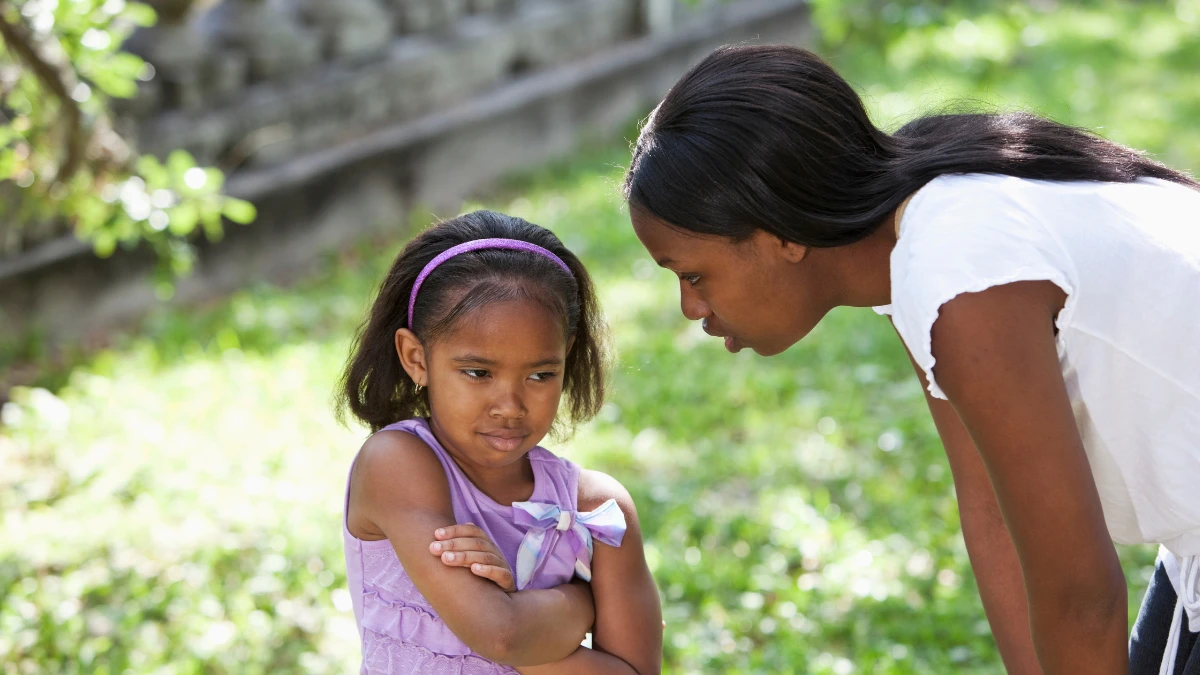If you’re wondering how to discipline a toddler without losing your sanity, you’re not alone 73% of parents report feeling overwhelmed by their toddler’s behavior. Most of us were raised with outdated discipline methods that simply don’t work with developing brains.
Traditional punishment often backfires because it assumes toddlers can think like adults – but they can’t. Science has unlocked how young minds work, and it changes everything about effective parenting. When you understand why your 2-year-old acts the way they do, you can respond in ways that teach instead of just control.
You’ll discover 12 evidence-based toddler discipline techniques that work with your child’s development, not against it. No more guessing what to do when emotions run high. No more feeling like a failed parent after another tough day. You’ll learn exactly how toddler brains function and why positive discipline creates lasting cooperation.
How To Discipline a Toddler Without Hitting & Yelling (Expert Guide)
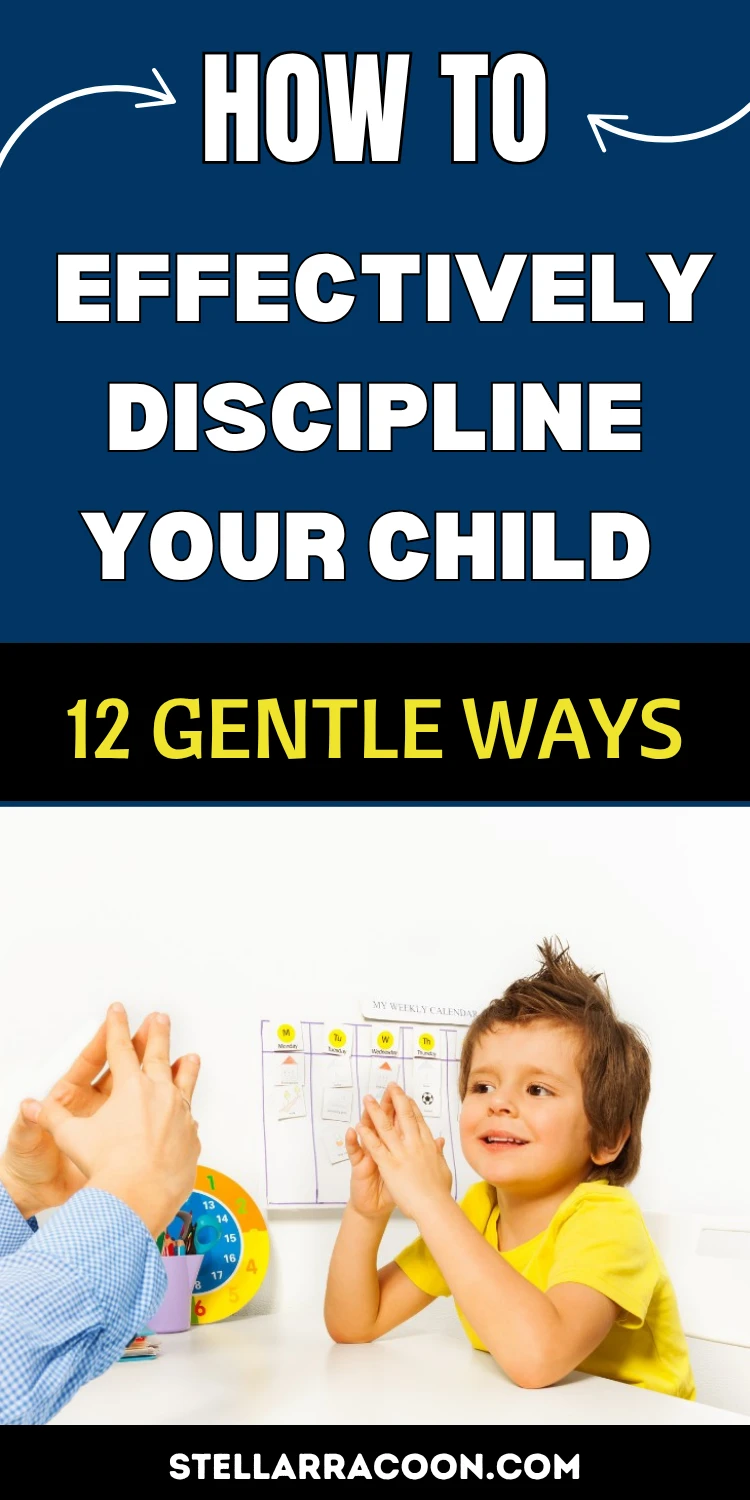
Why Your Toddler’s Brain Makes Discipline So Hard
Before learning how to discipline a toddler effectively, know this: your child’s brain isn’t broken. It’s unfinished. The prefrontal cortex responsible for self-control, doesn’t fully mature until age 25. Toddlers experience big emotions but lack the neural pathways to regulate them.
When your 2-year-old melts down over the wrong cup, they’re not being difficult. Their emotional center fires at full speed, but the “think first” part barely works yet. That’s why toddler behavior management differs from older kids.
12 Proven Techniques: How to Discipline a Toddler Effectively
1. The Pause and Connect Method

When your toddler acts out, your first instinct might be to jump straight into correction. Stop. Take a breath and get on their level first. This simple pause changes everything about how to discipline a toddler effectively.
Kneel so you’re eye-to-eye. Use a calm voice and acknowledge what you see: “I see you’re upset about sharing your truck.” This connection helps their nervous system calm down before you address the behavior. When kids feel heard, they’re more likely to listen.
2. Natural Consequences in Action
Let life be the teacher whenever possible. Natural consequences work better than anything you could impose because they make logical sense to toddlers. When your child throws toys, the toys get put away. When they refuse to wear a coat, they feel cold (for a safe, short time).
This positive discipline technique teaches cause and effect without power struggles. Your job is to stay calm and follow through, not to rescue them from the natural outcome of their choices.
3. The Choice Strategy

Toddlers crave control, but they can’t handle unlimited options. The choice strategy gives them power within safe boundaries. “Would you like to brush your teeth first or put on pajamas first?” Both options lead to the same outcome, but your child gets to decide the path.
This works developmentally because it satisfies their need for autonomy while keeping you in charge of the bigger picture. Offer two acceptable choices and let them pick.
4. Redirection and Distraction
For children under 24 months, redirection is your best friend. Their attention spans are short, and their memory for rules is even shorter. When your 18-month-old reaches for something dangerous, don’t just say “no.” Give them something else to do.
“Hot stove! Let’s play with these pots and spoons instead.” You’re teaching safety while giving them an acceptable outlet for their curiosity. This toddler behavior strategy prevents most problems before they start.
5. Time-In vs. Time-Out
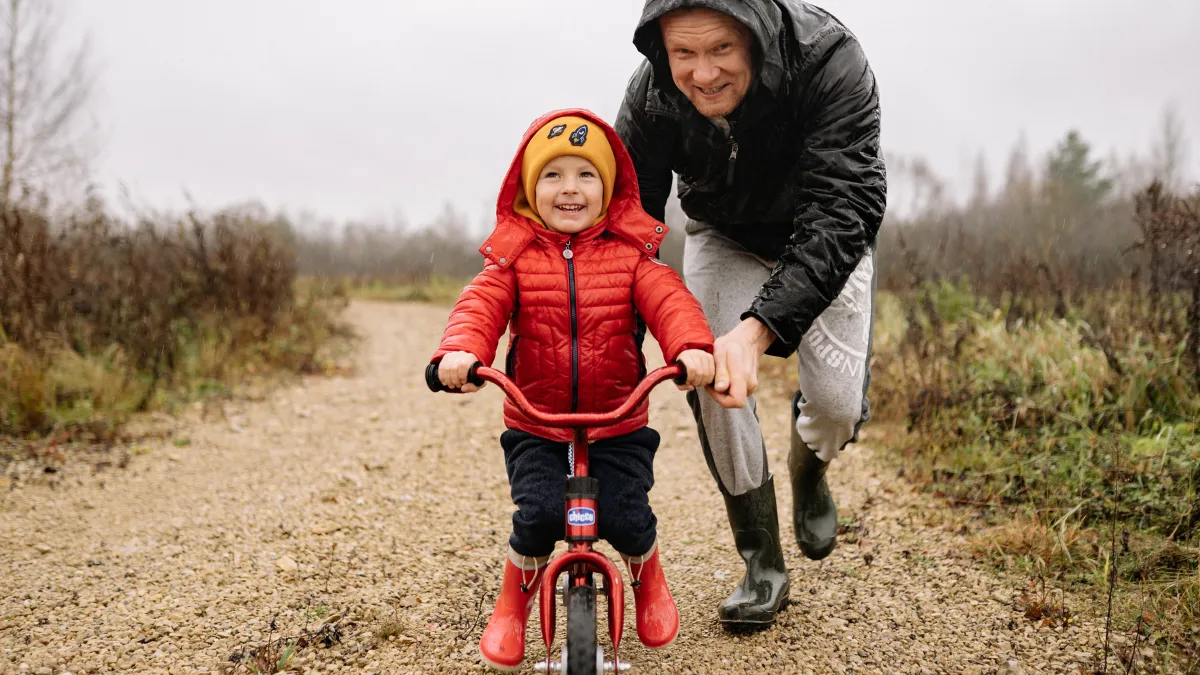
Traditional time-outs can feel like abandonment to young children. Time-ins work better because you stay with your child during big emotions. Create a calm-down space with soft pillows, books, or a favorite stuffed animal.
When emotions run high, say, “It looks like you need some time to feel better. Let’s go to our cozy spot together.” You’re teaching them that feelings are okay and that you’re there to help them through tough moments.
6. The Do-Over Technique
Kids learn through repetition, not lectures. When your toddler grabs a toy from their sibling, don’t just explain why it’s wrong. Help them practice the right way: “Let’s try that again. You can say ‘Can I have a turn?'”
This technique teaches appropriate behavior through practice. Most toddlers love do-overs because they get a chance to “win” by doing it right. It turns mistakes into learning opportunities without shame.
7. The Calm Voice Power
Your tone sets the emotional temperature for the whole situation. When you speak quietly and slowly, your toddler’s nervous system starts to match yours. This isn’t about being permissive, it’s about being effective.
Practice saying “Please stop hitting” in the same tone you’d use to say “Would you like some water?” Your calm energy helps them access the part of their brain that can listen and learn.
8. Environmental Design
Prevention beats correction every time. Set up your space so good behavior is easier than bad behavior. Put breakable items up high. Create low shelves with acceptable toys. Use baby gates to keep them in safe areas.
When the environment supports good choices, you spend less time saying “no” and more time enjoying your child. This behavior management approach helps reduce conflicts before they occur.
9. Routine as Your Secret Weapon
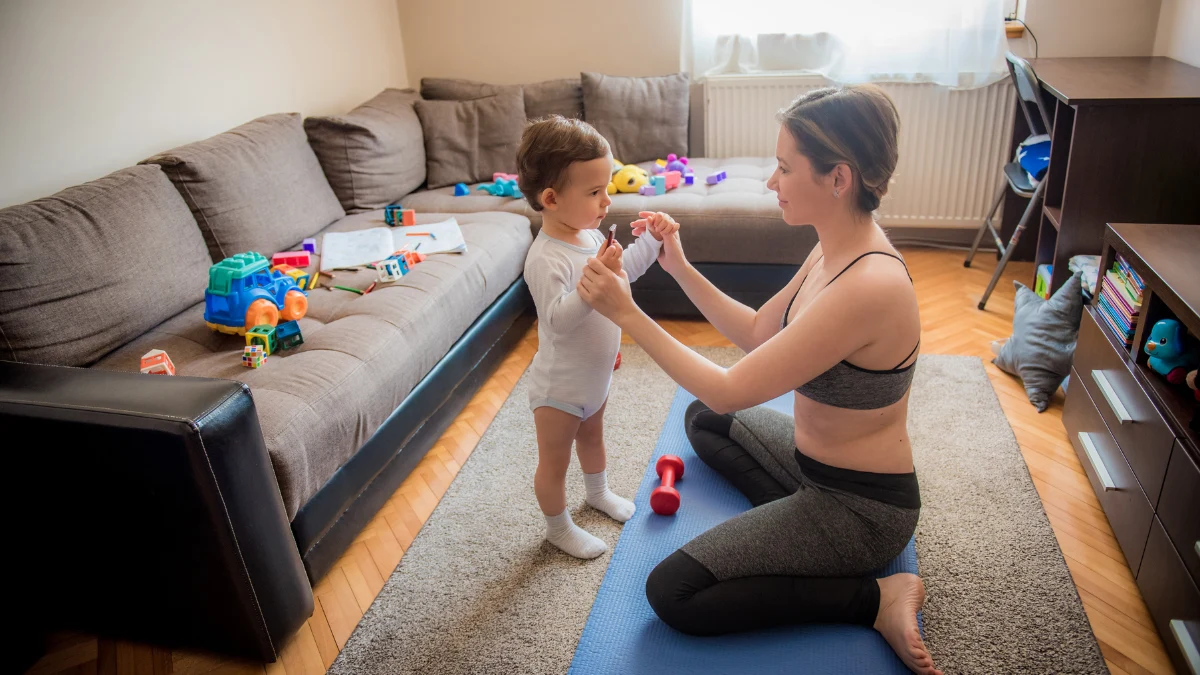
Toddlers feel safe when they know what comes next. A predictable routine reduces anxiety and power struggles. When bedtime follows the same pattern every night, there’s less room for negotiation.
Post pictures showing the routine steps. Let your child help create the schedule. When they know dinner comes after cleanup, they’re more likely to cooperate because the expectation is clear.
10. The Empathy Bridge
Before addressing behavior, connect with the feeling behind it. “You hit your sister because you wanted the toy she had. You felt frustrated. Hitting hurts. What else could you do when you want something?”
This validates their emotion while teaching better choices. You’re showing them that feelings are acceptable, but all behaviors are.
11. Strategic Ignoring
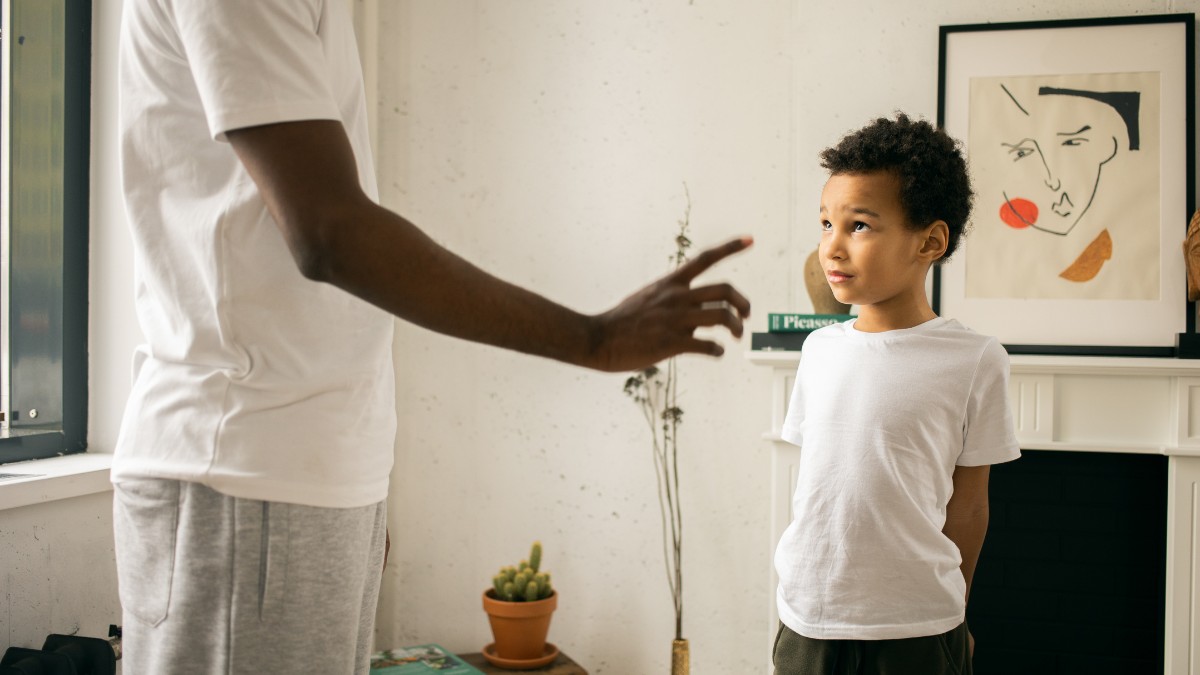
Some behaviors are just bids for attention. If your toddler is whining for something they can’t have, try ignoring the whining while responding to appropriate requests. When they ask nicely, give them attention immediately.
This isn’t about ignoring your child; it’s about not reinforcing behaviors you don’t want to see more of. Pay attention to good behavior and watch it increase.
12. The Reset Button
Some days, everything goes wrong. When you’ve both had enough, call a reset. “We’re both having a hard time. Let’s start over.” Take deep breaths together. Maybe have a snack or read a book.
This teaches your toddler that bad moments don’t have to ruin the whole day. You’re modeling how to recover from difficult times, which is a life skill they’ll use forever.
Remember, these positive discipline techniques work best when you’re consistent but not perfect. Pick two or three strategies that feel right for your family and practice them until they become natural. Every interaction is a chance to teach your toddler how to navigate their big feelings and your big world.
Common Discipline Mistakes (and How to Fix Them)
Even good parents make these mistakes. Inconsistent responses confuse toddlers – yesterday you said “one more book,” tonight you read three. Don’t expect adult logic from developing brains. Avoid fear-based threats. Address your triggers before reacting. Stop comparing children. The fix: pause, breathe, respond calmly.
Building Long-Term Cooperation
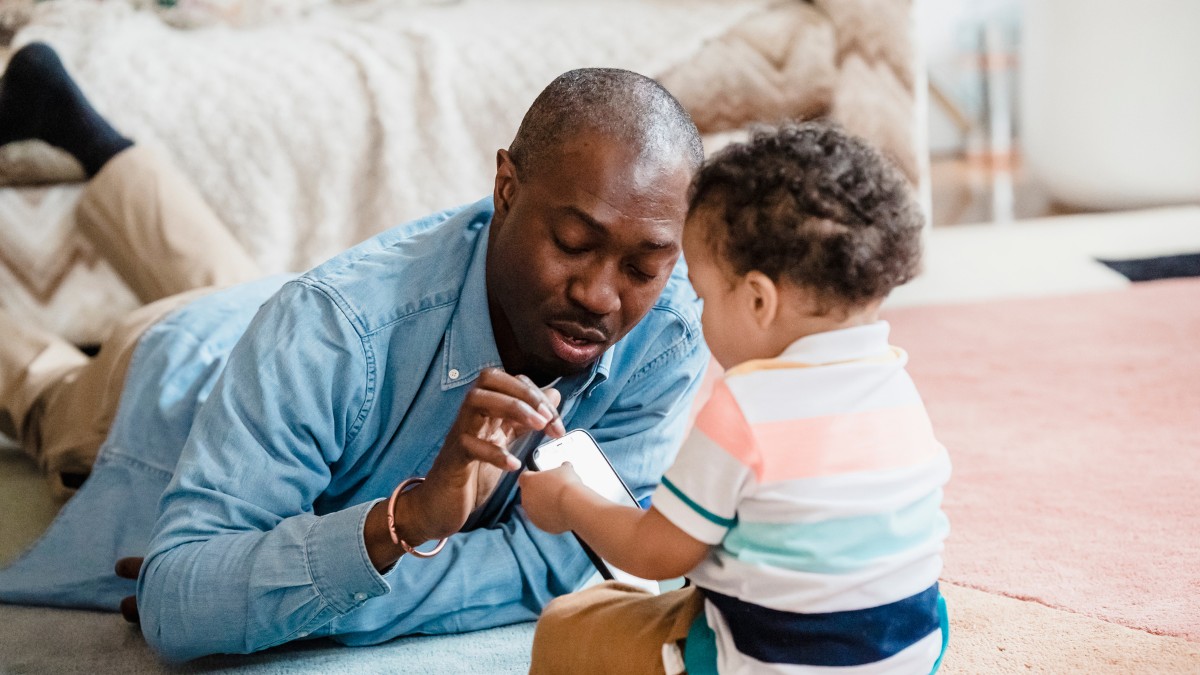
Raising cooperative toddlers takes daily connection plus consistent teaching. Spend 15 focused minutes together daily. Involve them in problem-solving: “How can we fix this?” Teach emotional vocabulary: “You’re frustrated.” Model behavior you want to see. This positive parenting approach builds trust and life skills.
FAQs.
1: What are the most effective discipline methods for toddlers (ages 1-3)?
Use positive reinforcement, short time-outs (1 minute per year of age for 2+), natural consequences, and redirection while avoiding physical punishment.
2: How should I handle toddler tantrums?
Stay calm, don’t give in to demands, validate their feelings, but maintain boundaries, and wait until they’re calm to discuss the issue.
3: What can I realistically expect from my toddler’s behavior?
Expect limited impulse control, defiance, emotional outbursts, and inability to consistently follow complex rules – this is normal brain development, not intentional misbehavior.
4: How important is consistency in toddler discipline?
Consistency is crucial; all caregivers must use the same rules and consequences, and you must follow through every time you set a boundary.

